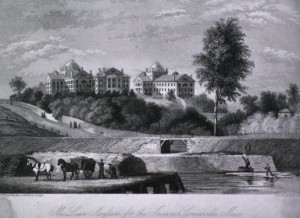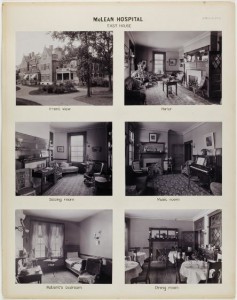Alienists (psychiatrists) wanted to provide good care for the insane in their midst, and in the early years offered assistance primarily through therapeutic stays at insane asylums. These doctors’ favored regimens of rest, occupational therapy, and structured time probably served many patients well, but such programs could not help everyone. Alienists were still exploring the causes and treatments of insanity, and some of their thoughts missed the mark widely.
In an 1871 paper on mental disease (reported in the Transactions of the Medical Society of the State of North Carolina), the author described a “case of violent cerebral excitement” in a 5-year-old, which had been relieved by an oral dose of bromide of potassium. This case of “mental disease” seems to be clearly a case of epilepsy, and we can only wonder if the child was tagged for life as insane.
Another paper in the same publication discussed “Mania Transitoria,” or insanity of very short duration. During this type of mania, people could be fully aware of their surroundings (or not) and actions. It was brought on by such things as physical disease or the “accumulation of harbored feelings over a number of years.” The author seems to be describing explosions of temper or momentary passionate outbursts, but he attributed this type of insanity’s cause–or attributed it at least in part–to masturbation and petit mal epilepsy.





